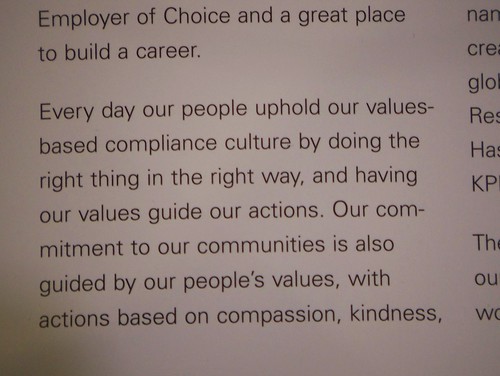Some Comments on SP 800-39
Posted April 6th, 2011 by rybolovYou should have seen Special Publication 800-39 (PDF file, also check out more info on Fismapedia.org) out by now. Dan Philpott and I just taught a class on understanding the document and how it affects security managers out them doing their job on a daily basis. While the information is still fresh in my head, I thought I would jot down some notes that might help everybody else.
The Good:
NIST is doing some good stuff here trying to get IT Security and Information Assurance out of the “It’s the CISO’s problem, I have effectively outsourced any responsibility through the org chart” and into more of what DoD calls “mission assurance”. IE, how do we go from point-in-time vulnerabilities (ie, things that can be scored with CVSS or tested through Security Test and Evaluation) to briefing executives on what the risk is to their organization (Department, Agency, or even business) coming from IT security problems. It lays out an organization-wide risk management process and a framework (layer cakes within layer cakes) to share information up and down the organizational stack. This is very good, and getting the mission/business/data/program owners to recognize their responsibilities is an awesome thing.
The Bad:
SP 800-39 is good in philosophy and a general theme of taking ownership of risk by the non-IT “business owners”, when it comes to specifics, it raises more questions than it answers. For instance, it defines a function known as the Risk Executive. As practiced today by people who “get stuff done”, the Risk Executive is like a board of the Business Unit owners (possibly as the Authorizing Officials), the CISO, and maybe a Chief Risk Officer or other senior executives. But without the context and asking around to find out what people are doing to get executive buy-in, the Risk Executive seems fairly non-sequitor. There are other things like that, but I think the best summary is “Wow, this is great, now how do I take this guidance and execute a plan based on it?”
The Ugly:
I have a pretty simple yardstick for evaluating any kind of standard or guideline: will this be something that my auditor will understand and will it help them help me? With 800-39, I think that it is written abstractly and that most auditor-folk would have a hard time translating that into something that they could audit for. This is both a blessing and a curse, and the huge recommendation that I have is that you brief your auditor beforehand on what 800-39 means to them and how you’re going to incorporate the guidance.
Similar Posts:
Posted in FISMA, NIST, Risk Management, What Works |  5 Comments »
5 Comments »
Tags: 800-37 • 800-39 • accreditation • assurance • auditor • C&A • certification • comments • compliance • datacentric • fisma • government • infosec • management • NIST • risk • scalability • security
 Posts RSS
Posts RSS




